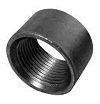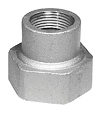The Black Ink Team's Guide To Industrial Pipe Fittings (Part 1)
by Black Ink Team
Industrial pipe fittings come in all different shapes and sizes. Furthermore, they serve many different purposes. Some are threaded, meaning one must simply twist them into place. Others you have to weld on. Just a single faulty pipe fitting can cause a hydraulics malfunction, so it is important that they be checked and re-checked on a periodic basis. Here is part one of a guide to the various different pipe fittings you would discover anywhere where liquid needs to get pumped through a complex system – from the radiators in a building’s HVAC to the pistons in a piece of construction machinery.
Elbows
Elbow pipe fittings connect pipes that are set at an angle to each other. They are generally sold in three standard angles: 22.5°, 45°, and 90°. Also, there are ‘reducing’ elbows, which are used to connect pipes that are different sizes and set at an angle.


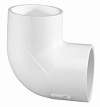
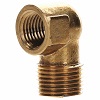
Reducers
Reducers are pipe fittings that allow pipes of varying sizes to be joined. They come in two styles: ‘concentric’ and ‘eccentric.’ Concentric reducers have a uniform, conical shape whereas eccentric reducers have an irregular shape. Eccentric reducers offer the advantage of diminishing air buildup in industrial pipe systems.
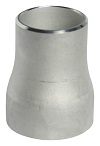
Concentric Reducer Pipe Fitting
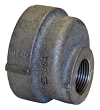
Eccentric Reducer Pipe Fitting
Tees
Tee pipe fittings get their name because they are shaped like a ‘T.’ They allow flow from one pipe to branch into two directions. They come in alternate types: ‘equal’ and ‘unequal.’ Equal tees have openings that are all the same nominal size or ‘bore.’ (Another property used for determining pipe sizes is ‘schedule’ – the thickness of their outer walls.) Unequal tees have openings of diverging sizes.
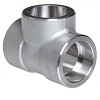
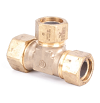
Crosses
Cross pipe fittings branch in four directions. This allows for a single pipe to be used to deliver flow to three separate locations. A common use for cross pipe fittings is in heating systems, such as heated floors, where heated water has to be channeled in many different directions. Cross pipe fittings allow you to reduce the amount of water pumps you would need.

Couplings
Couplings are pipe fittings that are used to connect two separate pipes. They come in distinct varieties: ‘full couplings’ are used to connect pipes of the same diameter, ‘half couplings’ are either welded onto the side of larger pipes or tanks to allow smaller pipes to branch off them, and ‘reducer couplings’ are used to connect pipes with two different diameters. Couplings are basically elbows set at an 180° angle.

